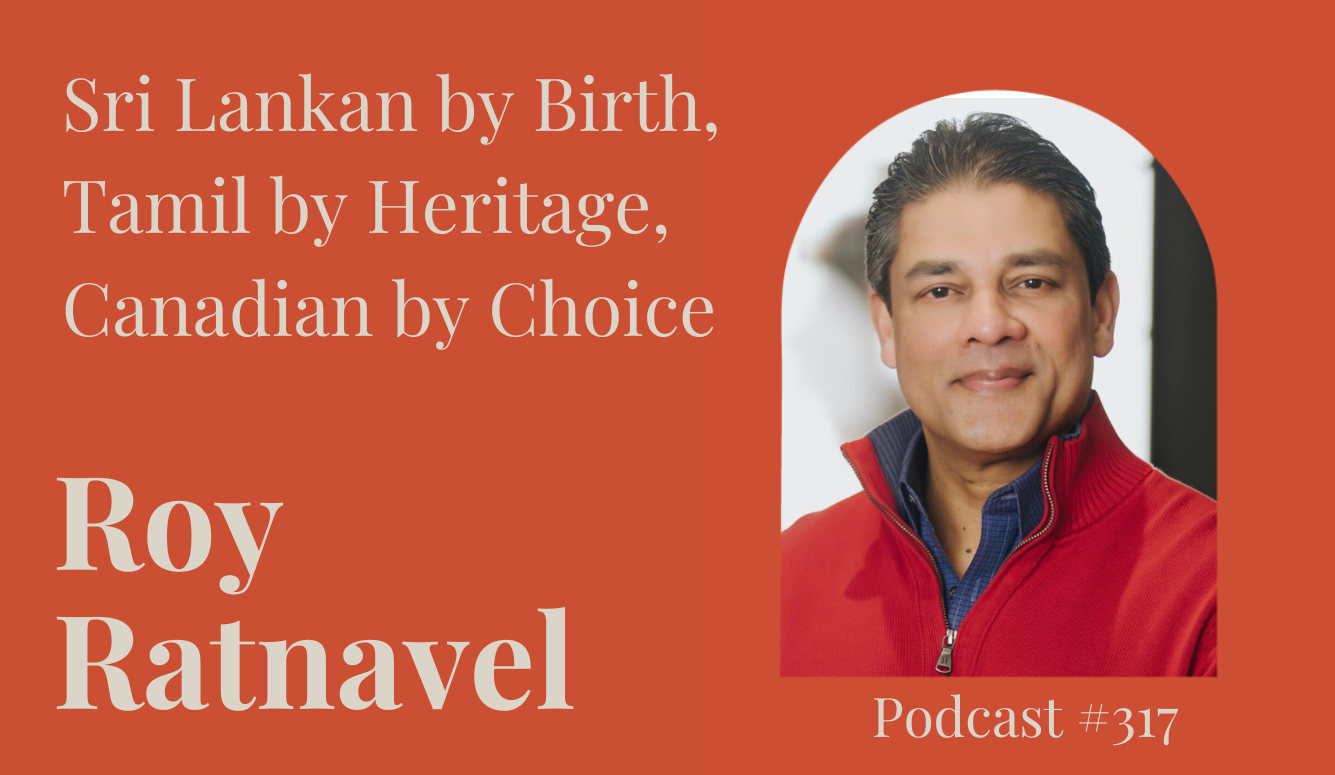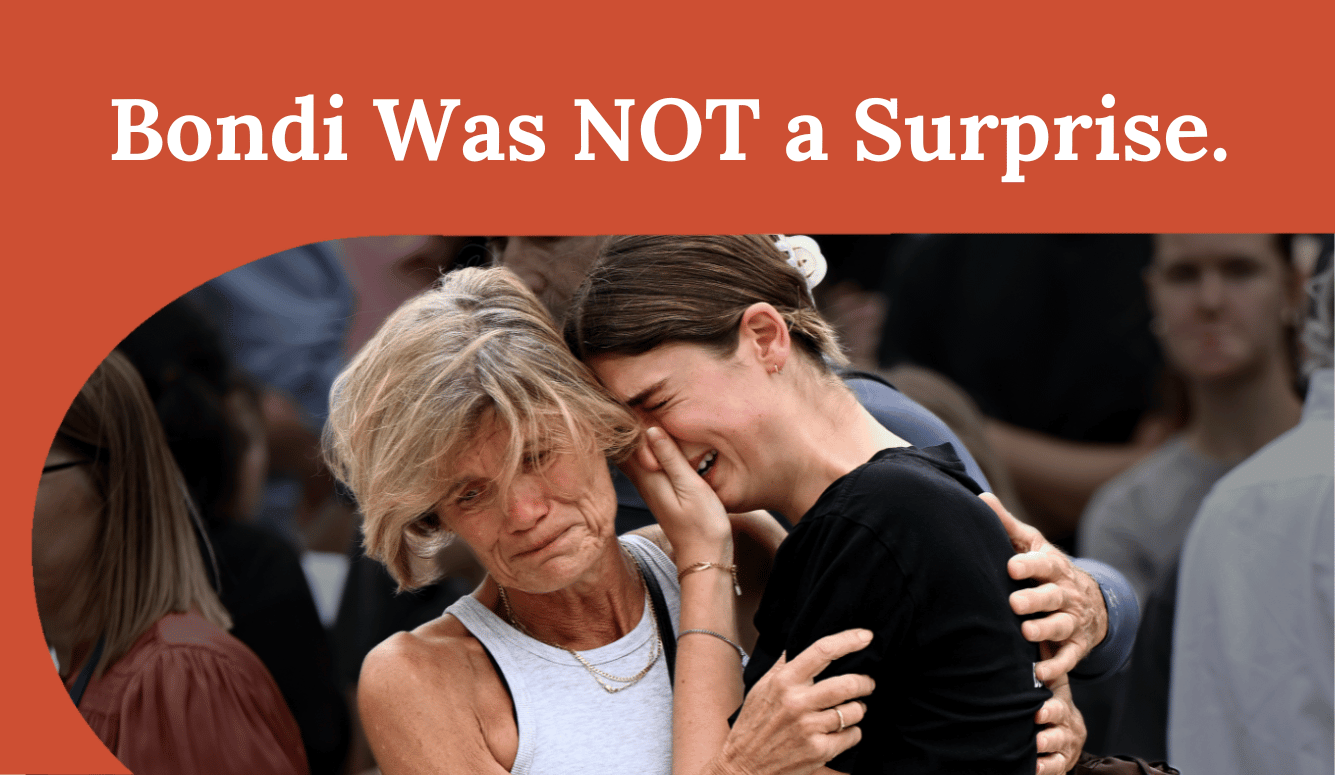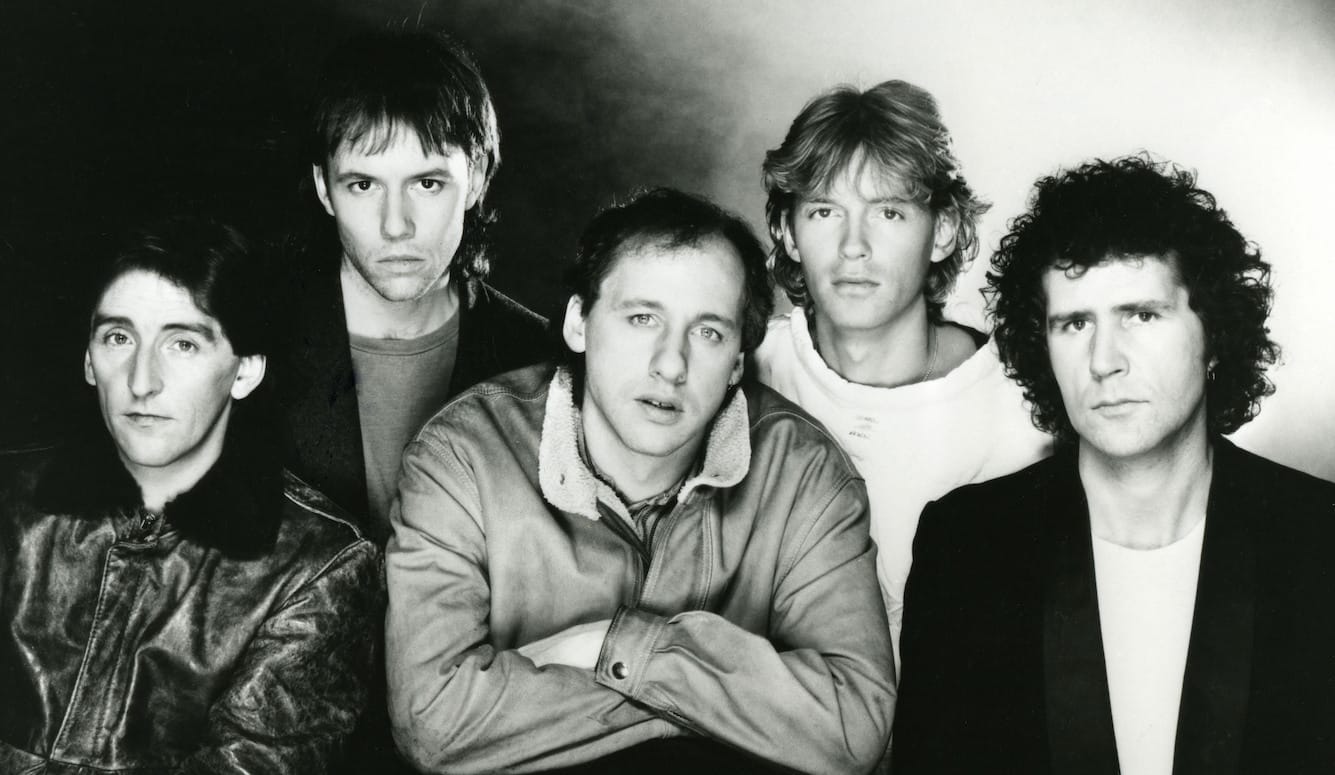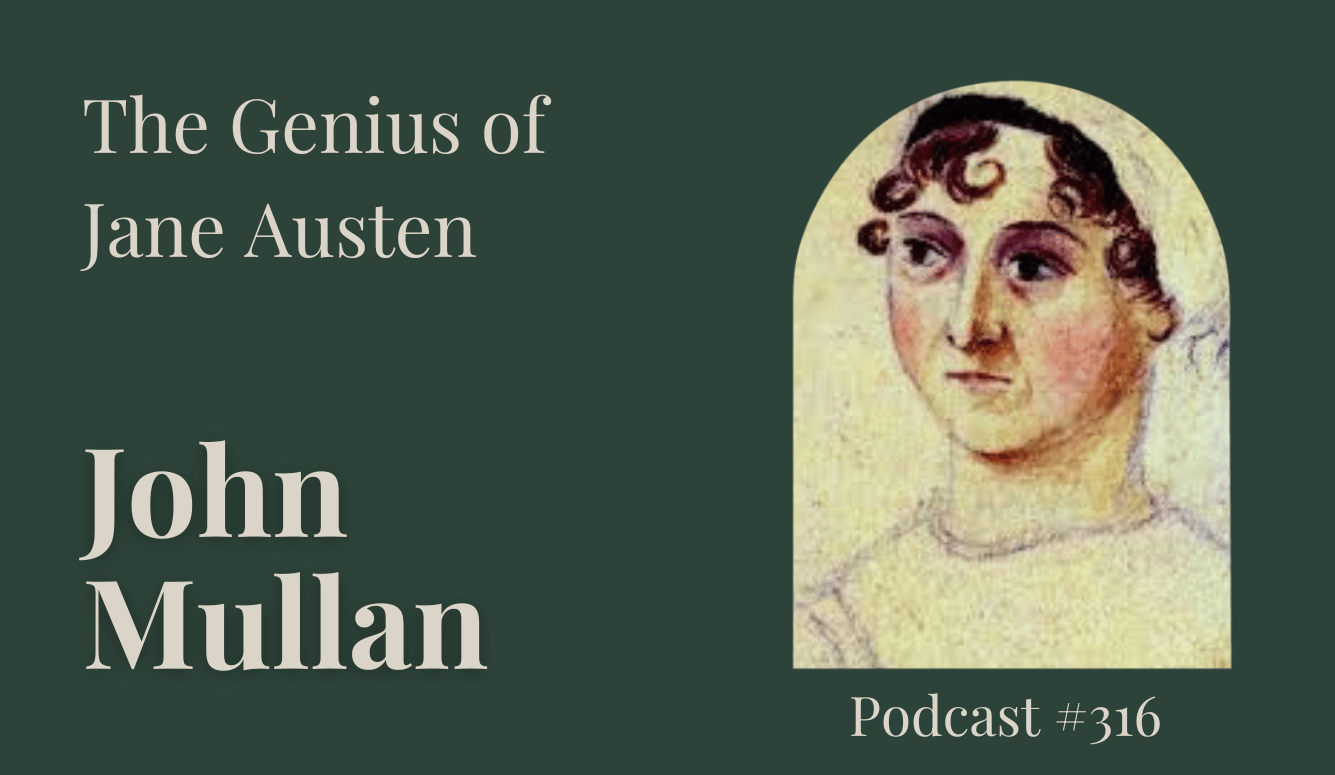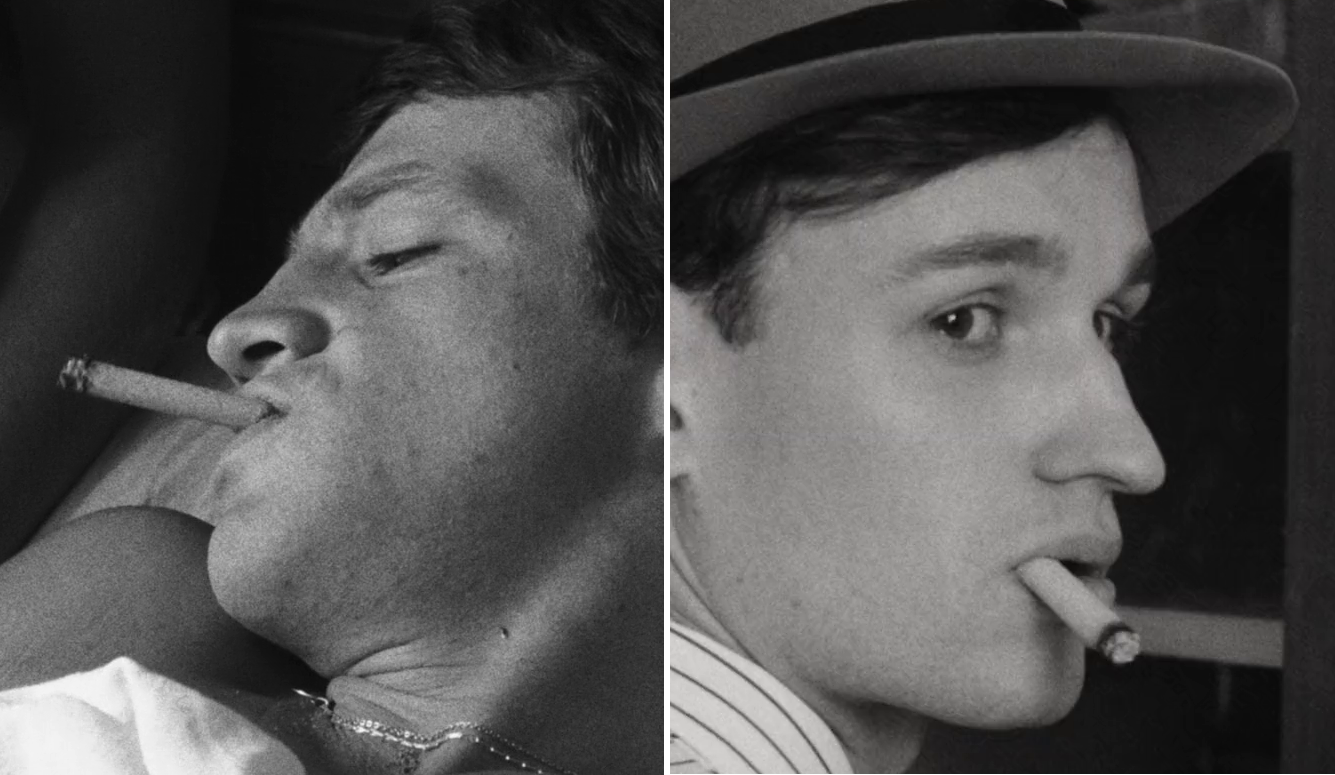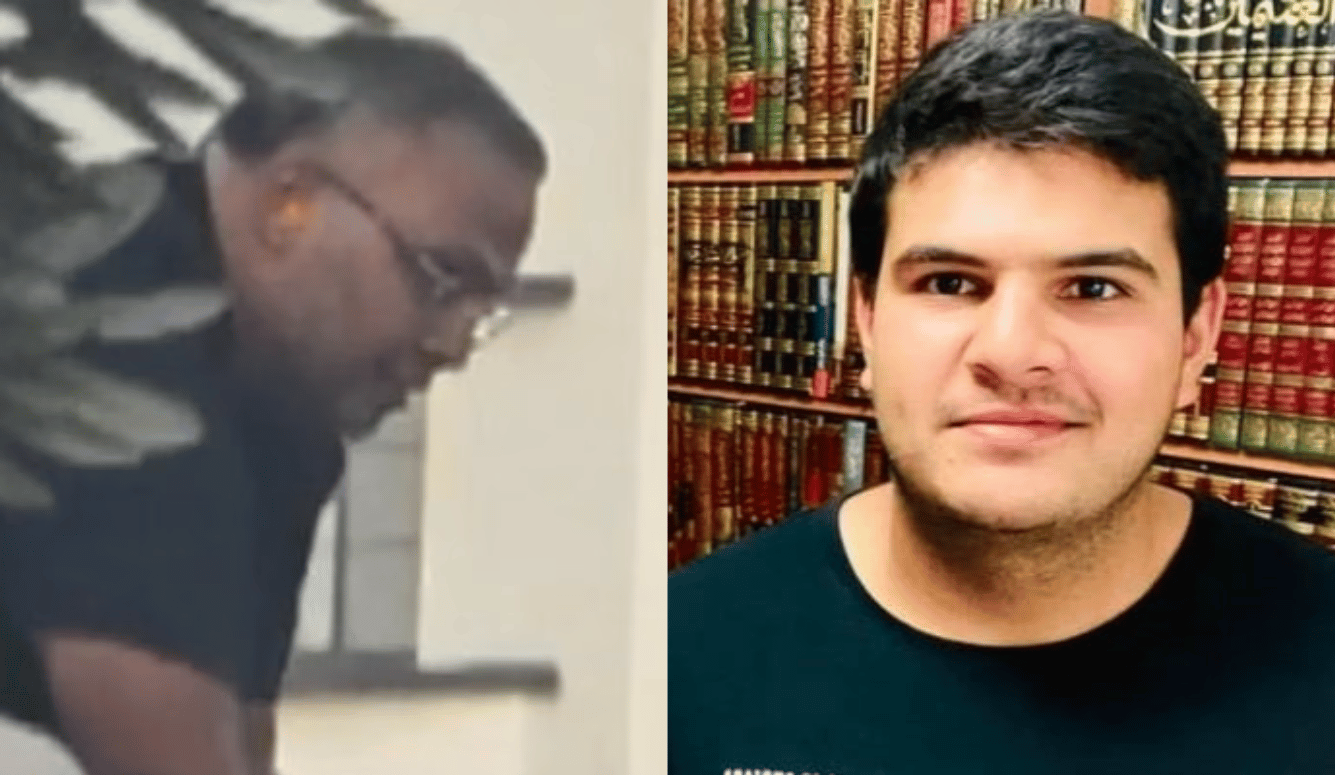Canada
Four Years. Zero Graves. Now What?
In 2021, Canadians were told that the remains of 215 Indigenous children had been found at a former school. The story turned out to be false—but no one in authority seems to know how to walk it back.
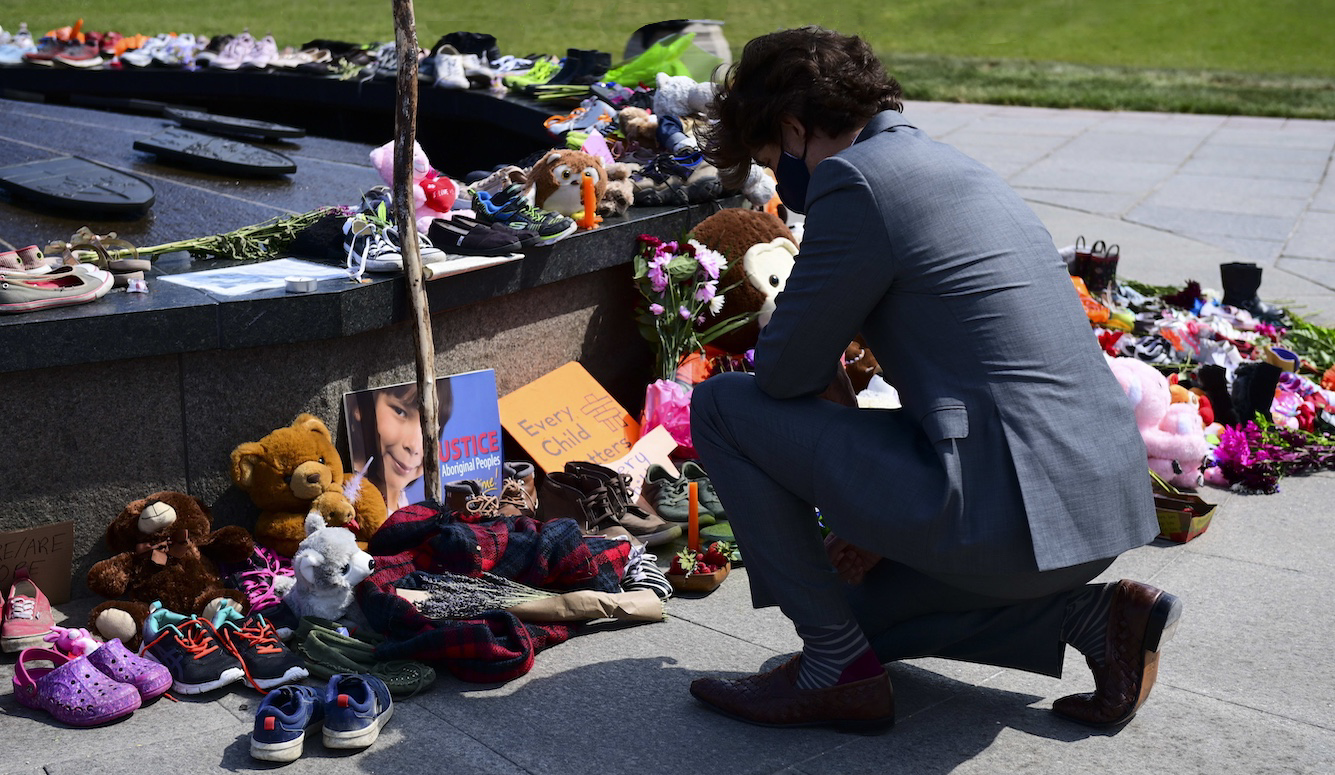
“I find this story astonishing as an outsider,” a British historian told me on social media last week. “Can I just confirm what I believe to be the case: There is no proof of any burials… just GPR [ground-penetrating radar] ‘anomalies’ [that] haven’t been investigated? The 215 children are, as things stand, entirely notional?”
The answer, in a word, is yes. Of the 215 “unmarked graves” of Indigenous children that were said to have been “discovered” on the grounds of a former residential school in Kamloops, British Columbia four years ago, not a single one has actually been shown to exist.
I find this story astonishing as an outsider. Can I just confirm what I believe to be the case: there is no proof of *any* burials, just GPR "anomalies" which haven't been investigated? The 215 children are as things stand entirely notional?
— Eliot Wilson (@EliotWilson2) February 23, 2025
As I’ve documented in previous Quillette articles, the original May 2021 unmarked-graves announcement was based on a property survey performed using the aforementioned GPR technology. Thanks to the flood of credulous media reports that followed, Canadians were given the impression that these radargrams displayed unmistakable images of child graves—perhaps even skeletons of the (claimed) victims.
